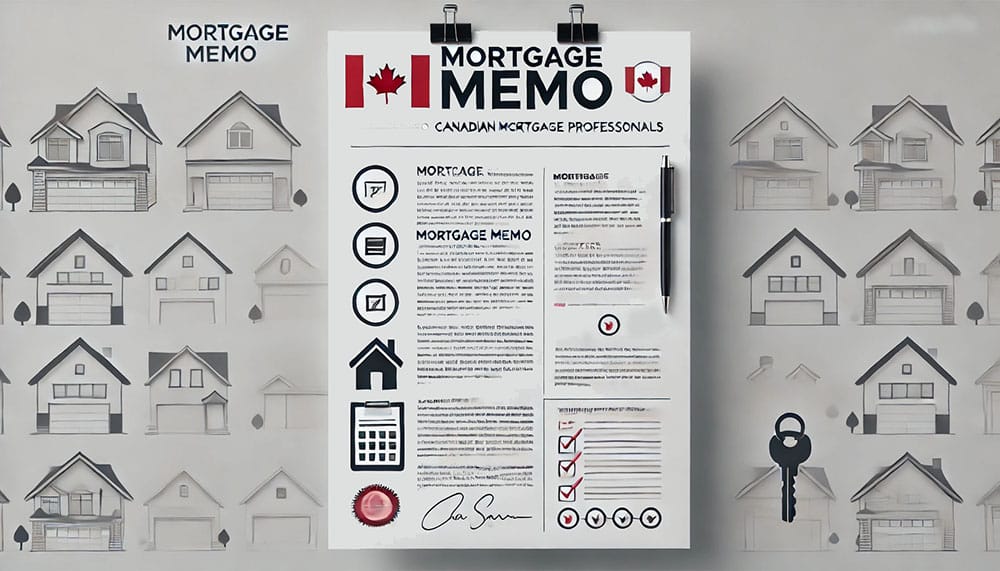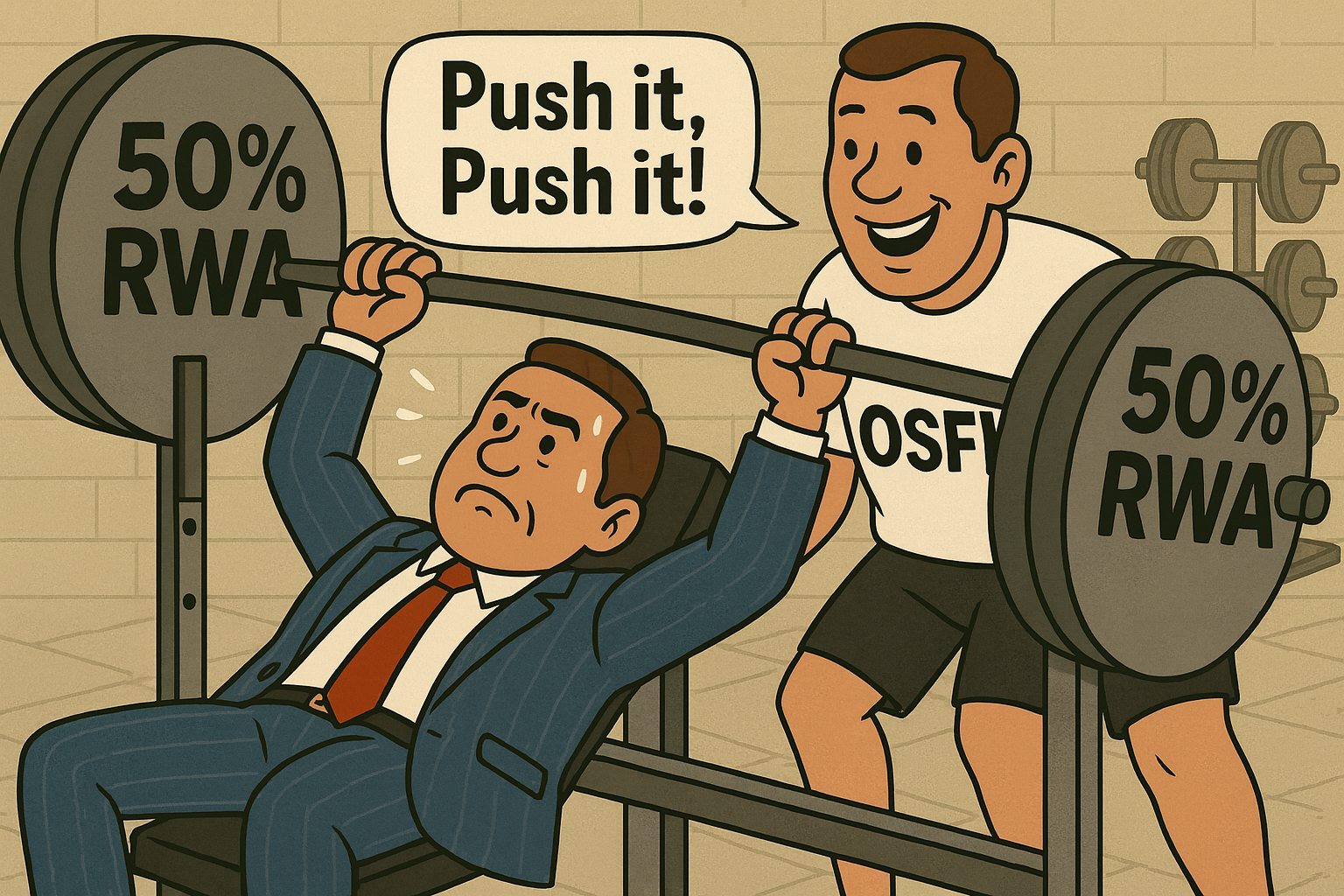If you're a Canadian mortgage advisor, no one has to tell you that underwriting literacy is power. You know full well that an edge in know-how puts you ahead of rivals.
Among other things, it enables you to:
- Know where to place deals, finding lower cost solutions for more unique borrower cases
- Quickly spot which clients fit “A,” “Alt-A,” or private products, saving time.
- Present unique variable income (e.g., from commissions, self-employment or rentals) in ways underwriters accept.
- Restructure liabilities and credit utilization (e.g., by optimizing debt paydowns) to get clients qualified.
- Anticipate red flags (zoning, leased land, condo bylaws, rural water sources, etc.) and mitigate them before submission.
- Prepare applications that avoid “endless condition loops”
- Request only the bare minimum necessary documents from busy clients.
- Spot fraud patterns faster, saving your reputation with lenders.
- Argue effectively for exceptions.
- Foresee closing conditions, prep clients in advance, and minimize last-minute surprises.
In short, better knowledge yields happier clients and more referrals.
But most brokers run their days at full capacity. Many don't invest the time in learning. (That's not the case with those of you reading this, of course.)
Yet, there are very real opportunity costs associated with not honing one's knowledge—hence the reason for REMIC's shiny new Residential Mortgage Underwriting course.
We don't usually cover mortgage courses, as there are so many of them, and most are as thrilling as a three-hour lecture on stapler safety. But with Ontario’s regulator now demanding 10 Professional CE hours, I looked for one course that knocks off a decent chunk in one shot. This course covers half the quota—five of FSRA’s 10 CE credits for Ontario agents.
As a result, I road-tested this one myself. Turns out that REMIC's training is pretty practical, and after 18 years of writing about mortgages, learning a few things was no small surprise.
Here's a quick take...
You don't have access to this post on MortgageLogic.news at the moment, but if you upgrade your account you'll be able to see the whole thing, as well as all the other posts in the archive! Subscribing only takes a few seconds and will give you immediate access.
This post is for MLN Pro subscribers only
Subscribe now
Back to top




